
Legal requirement in Scotland
Electrical Inspection and Testing Edinburgh
With time and use, all electrical installations deteriorate. As a result, they should undergo routine testing and inspection to determine whether they are in good enough shape to be used indefinitely. Periodic inspection and testing is the term used to describe these safety inspections.
Private landlords in Scotland will need to undergo a five-year periodic check of the installations in their rental properties starting in June 2020. In Scotland, this has been a mandated legal necessity since 2015. Wherever you live in the UK, Albion Electrical advises performing these tests to guarantee the safety of your home and your tenants.
An Electrical Condition Report will be provided to you following a periodic examination (EICR)
A periodic inspection will:
✓Indicate which electrical circuits or pieces of equipment are overloaded.
✓Look for any possible fire and electric shock threats.
✓Find any electrical work that is flawed.
✓Draw attention to any bonding or earthing issues.
Wiring and stationary electrical equipment are also put through tests to ensure their safety. Additionally, a calendar of circuits is offered, which is crucial for a property.
How often is a periodic inspection required?
Your electrics should be inspected and tested every:
✓ 10 years for an owner-occupied home.
✓ 5 years for a rented home.
✓ 3 years for a caravan
✓ 1 year for a swimming pool.
Other times when a periodic inspection should be carried out are:
✓ When a property is being prepared for letting.
✓ Before selling a property or buying a previously-occupied property.
What happens during the routine inspection, and who should do it?
Only electrically qualified individuals, such as licenced electricians, should do routine inspection and testing. In accordance with the UK standard for the security of electrical systems, BS 7671 – Requirements for Electrical Installations, they will assess the state of the electrics (IET Wiring Regulations).

The examination examines the following while taking into account all pertinent circumstances:
- The effectiveness of bonding and earthing.
- The switchgear and controlgear’s appropriateness. For instance, a vintage fusebox with cast-iron switches, a wooden back, or both may require replacement.
- The switch, socket, and lighting fixtures’ ability to be serviced. Older round-pin sockets, round light switches, fabric-covered cables dangling from ceiling roses to light fixtures, and black switches and sockets set in skirting boards are a few items that may need to be replaced.
- The kind and state of the wiring system. For instance, black rubber-coated cables were phased out in the 1960s. Similarly, cables covered in fabric or lead are much older and may require replacement (modern cables use longer-lasting pvc insulation).
- A suitable residual current device should be employed to protect any sockets that could be used to power portable electrical equipment for outdoor use (RCD).
- The presence of sufficient notices and identification.
the degree of any deterioration, injury, or other degradation.
Any modifications to how the property is used that have caused or could cause dangerous situations.
The competent person will next issue an Electrical Installation Condition Report(EICR) outlining any damage, deterioration, faults, hazardous circumstances, and any violations of the current safety standard that may pose a threat. If anything hazardous or potentially hazardous is discovered, the overall state of the electrical installation will be deemed “unsatisfactory,” necessitating immediate corrective action to reduce hazards to persons who are within the building.
